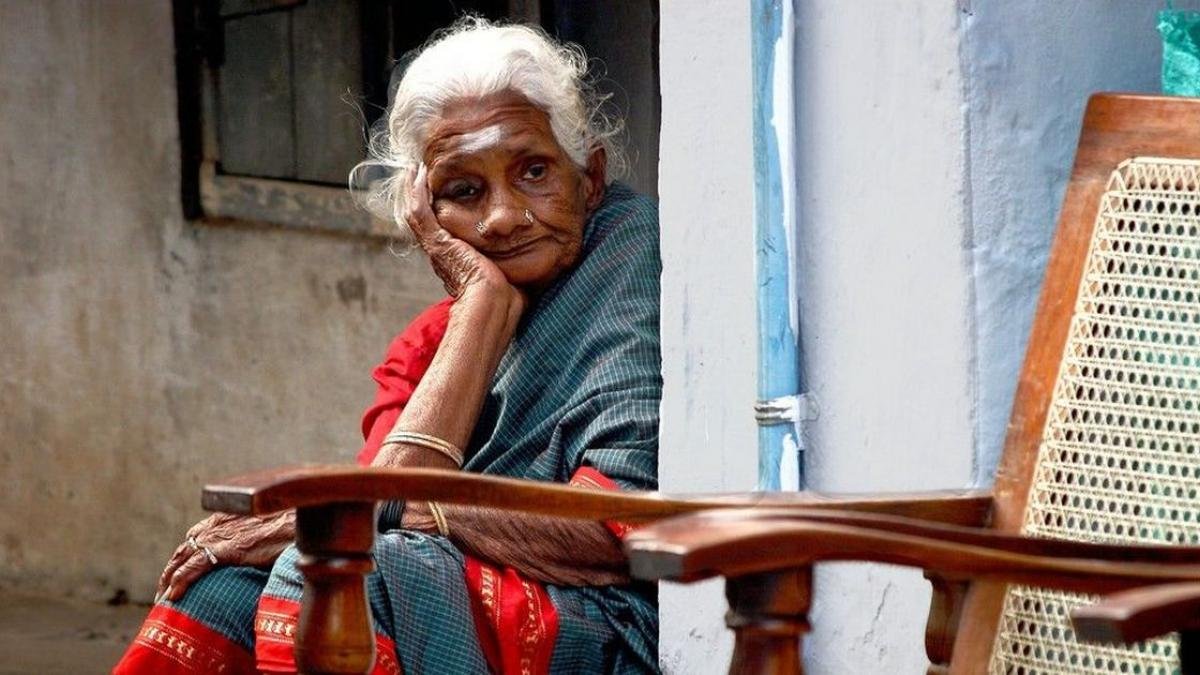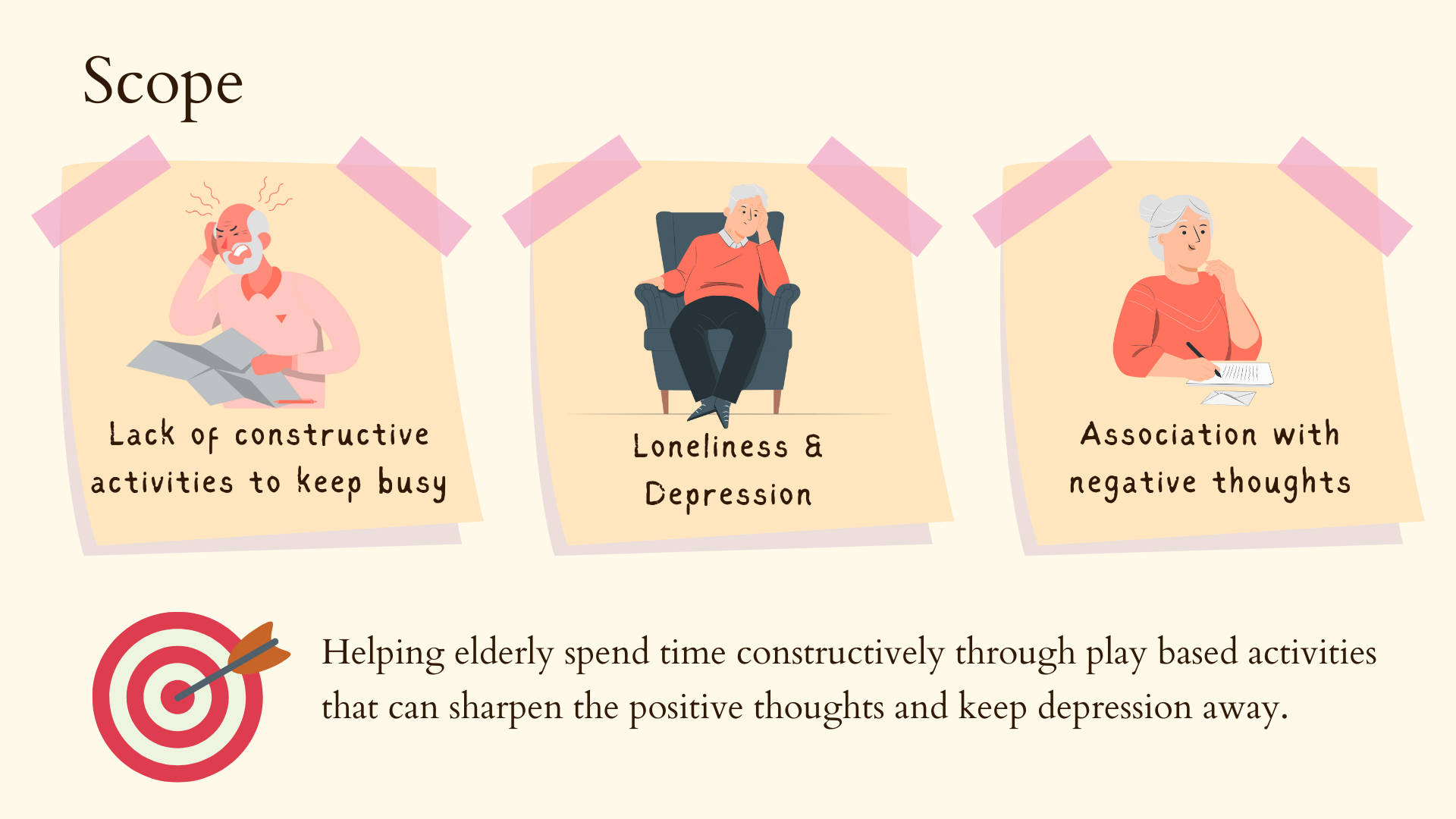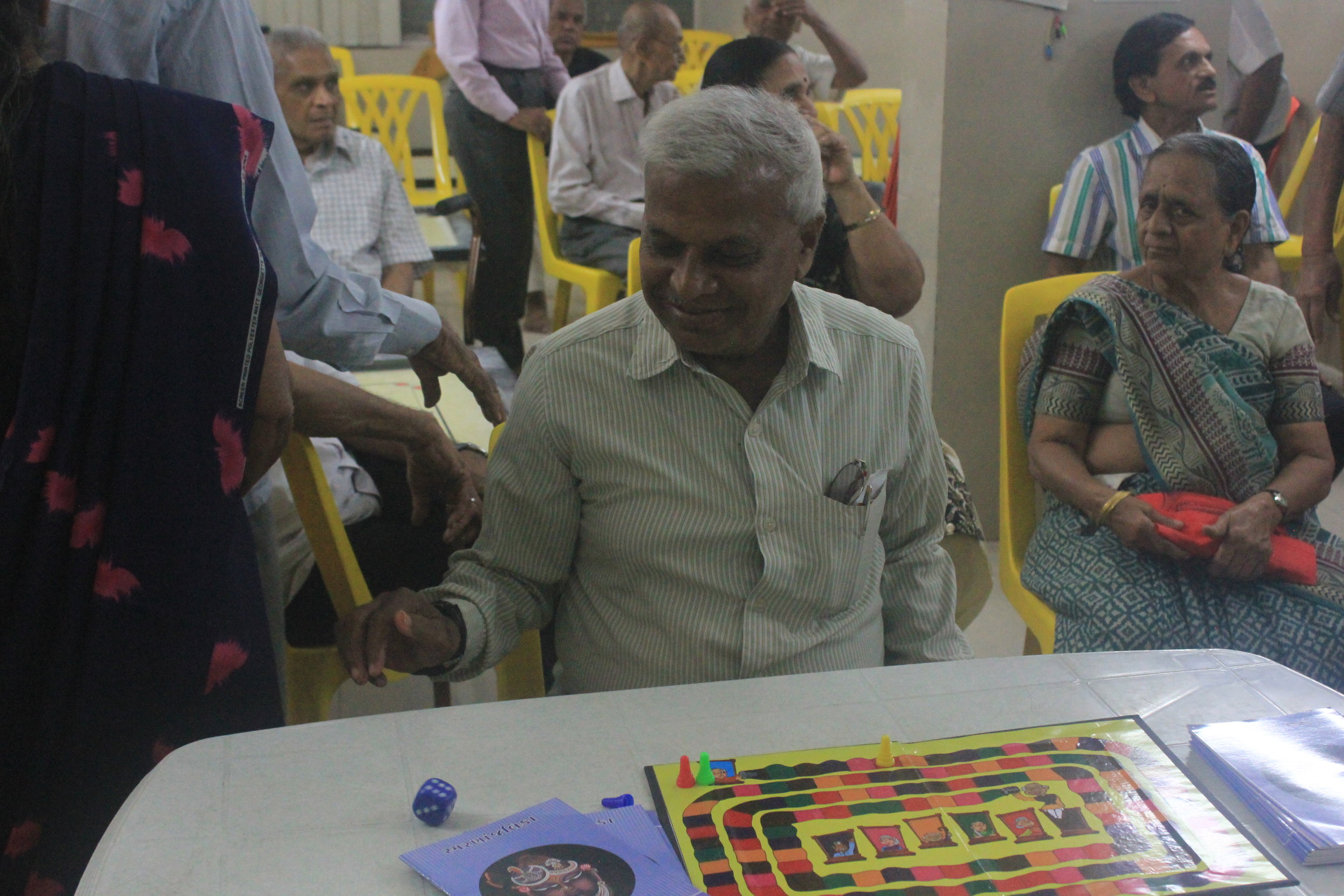Rebuilding morales of
Senior Communities
“Design for young and you exclude the old, design for the old and you include the young.”
Giving back joy and care to those who taught us the true meaning of it.
Background
The United Nations Department of Economic and Social Affairs had stated in one of their reports that the elderly population in India is going to rise from 8% in 2015 to 11.5% in 2025 and 19% in 2050. They had also projected the old-age dependency ratio for India to increase from 9/100 (2015) to 11/100 (2025). When you look at the conventional family systems in India, the families were always very close knit. But, with young adults leaving their homes in search for better opportunities to distant cities, there is steep change in the joint family system. The elderly are now confined to these homes more commonly than earlier. The WHO also estimated that the overall prevalence rate of depressive disorders among the elderly generally varies between 10% and 20% depending on the cultural scenarios, the condition deteriorates when they lose their partners and are left completely alone in the family.
As a kid, I grew up along with my Grandparents. I visited many Senior Community Centres where the story of people’s lives was very different from that of my Grandparents. With the growth in opportunities and the booming technology, families are disrupted and the elderly are stranded. On one of my visits to these centres, I realised that there is a huge potential to conduct research, so as to gather a more comprehensive understanding of how the life of elderly people has changed since they were living alone; the problems they face and how did they cope up with those problems and most importantly what are we doing about it.
Brief
Umang Center for the Old & Retired is one of the organisations I came across that were trying to bring positivity, happiness and joy back into the lives of these Senior Communities and they supported me throughout my research project and beyond. My purpose for conducting this research was to identify :
What are the elderly doing to spend their time? Is it a constructive activity ?
What routines can push them towards the depressive disorders or loneliness?
Can we bring in some constructive activities into their set routines with ‘play’ as a medium?Is there an association of negative thoughts more than positive ideas and thoughts?
Process
As the Initiator, Researcher and Designer for the project, my role was to plan a project that can help us find relevant information for :
Understanding the challenges faced by the senior communities.
What we are doing as a country with growing population to cater to the mental health of the elderly?
Considering the growing research around super- agers, what part of their routines help them to age gracefully and keep depression at bay?
Why is play only contained to kids or young adults, what is the stigma (if any) around play materials for elderly?
I planned the Research & Design project to fit into a 8 weeks cycle :
Research Methodology
As the Researcher & Designer for this project my goal was to ‘Explore’ all the information widely available to us that talk about the challenges associated with aging, the pain points etc. So, I divided my research into 2 parts, Secondary and Primary.
Secondary Research - Explore
The first week of the project was allocated to gathering information around us looking at papers, documents, videos, books etc.
I planned to find all the information that can tell me about the challenges associated with old age around the world. Also, gather data that can show us the mental as well as physical aspects of aging. How does the brain function and what can be done to help with the aging process
I also collected information around Super-aging that could tell me about what is being done around the world in terms of research to help people age gracefully. Super-agers are people who although old (maybe aged 75+) who exhibit cognitive abilities/ functions of probably a middle-aged person. I wanted to see what their routines were and what did they did daily to keep it going that way.
I watched videos, recordings available online that could make me empathise with my users and help me connect to them on a deeper level.
Seniors playing chess at the center
Primary Research - Explore
After an intensive week 1, I had to get deeper so I went ahead and planned a field study at two completely different scenarios. First was the old age homes (care centres) where I met multiple seniors who had been forced to live in those institutions by their own families, as they did not have the means to care for them any longer. The individuals I met next were at Umang Centre for Old and Retired. This group was different from the first one as they still lived with their respective families but gathered in the centre for 3 hours everyday.
I interviewed 20 seniors, 10 from each group and were a mix of men & women. I identified various pain points and got a fair understanding about their routines and could classify all this information in an organised manner for synthesising relevant data later.
Card Sorting exercise with various individuals to assess their priorities in life and get any idea about their aspirations and interests. This was important and interesting. I found that some men prioritised ‘finances’ and ‘community’; whereas the women put ‘family’ and ‘hobbies’ first.
Conducted a play sessions with groups of 4 to 5 individuals to assess if it interests them or not. We played Chess, Connect 4, Carrom and few other shorter games to understand how they like playing and react to it.
Card Sorting activity with Seniors
Card Sorting activity with Seniors
Interviewing a few seniors
Data Analysis & Synthesis - Define
After some extensive research it was time to identify the problem areas and understand the pain points of the elderly. By carefully labelling, gathering and connecting all the dots, the problem areas identified were:
Loneliness : The seniors feel disconnected from the world as they feel dependent on family. But when they leave for work, they are struck with loneliness and don’t know how to deal with it.
Dwelling in past : Since they venture out rarely, they are unable to make new memories. Hence, they rely on old memories and also are unable to move ahead from them.
Being Pessimistic : Feel extremely under confident at times and start getting negative thoughts about any thing random.
Lack of activity/ Feeling completely helpless at times : The lack of any constructive activity makes them feel depressed and helpless.
Feeling neglected / bored : Because members from the family are unable to spend quality time with them, they start feeling that they are not so loved anymore and hence neglected, which is not the case always.
Unaware/ Lack of information/ Cannot keep up with technology : Due to advancement in technology, they are not very accustomed to new gadgets and devices making them feel overwhelmed in case they have to use those, or feel completely unaware about whats happening around them or feel things are moving very quickly.
Feeling low/ Poor health : Since they cannot keep pace with things around them, they start feeling low and hence causes poor mental health.
Poor memory : Due to age and other health disorders, poor memory is very prevalent.
Lack of communication/ generation gap : Feel disconnected with the new generation and cannot follow what they do or speak sometimes.
Design Development - Ideate & Prototype
As the problem areas were identified I had to come up with solutions that can help tackle the problems faced by the elderly and then considering the timeline come up with viable design interventions. I decided to go further into designing activities that can cater to:
Socialise and play
Positivity/ Optimism
Reminiscize past without guilt trips and positively
Constructive ways to spend time
Information given/ shared
Memory building
Communication via play.
I came up with multiple board game ideas but the one that hit all the checkpoints were two. The first one, ‘Zindagi ek safar’/ ‘Life a journey’ is a board game where there are multiple visual cards. Each player spins the wheel and finds one card. This could have a random visual, let’s say a ‘playground’, now the player has 30 seconds to share a story which they remember from their life which has to be associated with a playground. This continues for hours together and is best suitable for the senior communities to play together as well.
The second one, ‘Gaate raho pyaare’/' ‘Keep singing buddy’ is a board game where there are multiple visual cards associated with various categories around Bollywood. The seniors have to look at these visuals and sing songs based on those. Singing songs or ‘Antakshari’ is a party game in India since years, and a game that brings everyone together in a positive manner. Hence I wanted to make this game a bit more interesting and open ended.
The two games designed during this project- Zindagi ek Safar & Gaate Raho Pyaare
Testing - Realise
I prototyped both the games and had multiple play sessions planned with the seniors in Umang Center for Old & Retired. The super- agers were all extremely excited and waiting for weeks for the play day. They participated in huge numbers and also suggested what improvements could be made in the games for them to be better. I was even approached by the centre to make a few more prototypes so that they could use it every week. It was so fulfilling to see the happy faces.
Seniors participating in Participatory Studies conducted at Umang Center for Old & Retired
Elderly people playing the games created by me
Seniors participating in Participatory Studies conducted at Umang Center for Old & Retired
Elderly people playing the games created by me
Impact & Future
The research conducted did not reach a dead end. There is definitely hope to bring back joy into the lives of the seniors. I read a very apt quote in my native language ‘ખુશ્બૂ હજી બાકી છે , અમે પાનખર નહીં , વીતેલી વસંત છે’ which translates to, ‘There is still some fragrance left, we are not like the season of autumn, but someone who has prospered during the spring season.’ I truly believe that there is so much to do in this direction worldwide. There are aging communities everywhere. A step towards making their lives better is a step into the future. We are creating what we can use, not something purely for others to use.
To know more about the game and collaboration mail me at urvishah.design@gmail.com. All rights reserved.


















